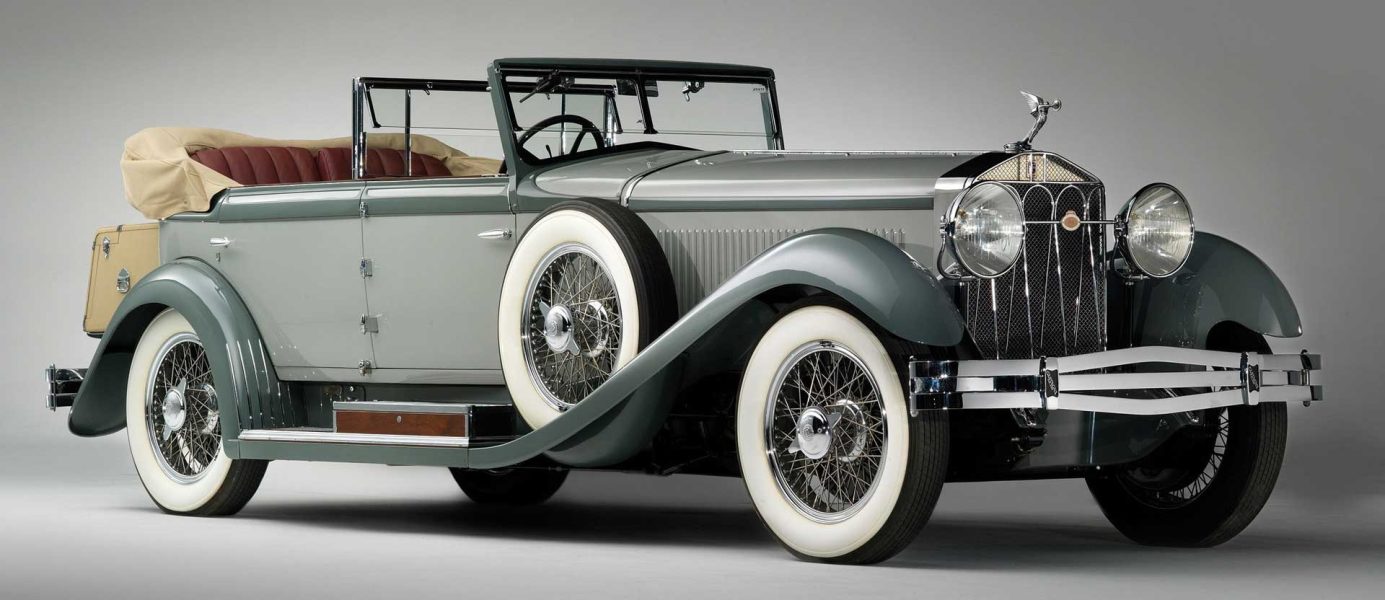Modern vehicles rely heavily on complex electrical systems to power everything from headlights and windshield wipers to sophisticated engine management systems and entertainment features. Handling this vast network of circuits efficiently and safely is paramount, and that’s where relays come into play. These seemingly small components act as essential electrical switches, playing a crucial role in enhancing current distribution and protecting your car’s wiring. For expert relay diagnosis and repair, trust professional Auto Repair in Marion, IA. Without them, your vehicle’s electrical system would be prone to failure, potentially leading to costly repairs.
Protecting Wiring from Overload
One of the primary functions of a car relay is to protect the wiring from excessive current. Many car components, like headlights, horns, and starter motors, require significant amounts of electricity to operate. Directly wiring these high-current devices to a low-current switch, like those found on your dashboard, would quickly overload and potentially melt the switch and the associated wiring. Relays act as intermediaries, using a small control current from the switch to activate a stronger current circuit directly to the high-power device. This separation of circuits prevents the delicate wiring from being subjected to damaging levels of current, extending its lifespan and reducing the risk of electrical fires.
Enhancing Current Distribution and Efficiency
Relays optimise current distribution in a vehicle’s electrical system, improving efficiency and performance. Manufacturers can reduce power delivery wiring by carefully positioning relays near high-current components. This targeted strategy has many advantages. First, shortening bulky wiring reduces vehicle weight, improving fuel economy and handling. Second, shorter wire runs reduce voltage drop. Longer wires increase resistance, reducing component power. Relays minimize this resistance to ensure components receive enough electricity for optimal performance.
Simplifying Circuit Design and Troubleshooting
Using relays simplifies the design and maintenance of complex automotive electrical systems. Instead of running multiple high-current wires throughout the vehicle, only low-current control wires are needed to activate the relays strategically placed near the power-hungry components. This allows for a more organized and manageable wiring harness, making fault finding and repairs easier. When a component malfunctions, diagnosing the problem often involves checking the corresponding relay. A faulty relay is often easier and cheaper to replace than tracing and repairing damaged wiring throughout the entire circuit.
Conclusion
Car relays are indispensable components that underpin the reliability and efficiency of modern vehicle electrical systems. They are far more than just simple switches; they are crucial for protecting wiring from overload, optimizing current distribution, simplifying circuit design, and ultimately ensuring the longevity and performance of your car’s electrical components. By understanding the function and importance of relays, you can appreciate the vital role these small devices play in keeping your vehicle running smoothly and safely.




